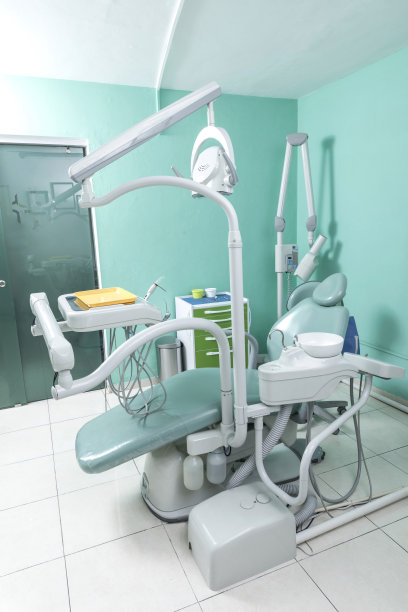Essential Steps and Precautions to Ensure a Successful Dental Filling Procedure and Optimal Recovery for Patients
Summary: Dental filling procedures are essential for restoring damaged teeth, improving aesthetics, and preventing further oral complications. This article explores the essential steps and precautions that ensure successful dental filling and optimal recovery for patients. By addressing pre-procedure considerations, the procedure process itself, postoperative care, and long-term maintenance, patients can achieve better outcomes and a more comfortable recovery experience. By understanding these aspects, individuals can feel more prepared and confident in their dental treatment, ultimately leading to improved oral health.
1. Pre-Procedure Considerations for Patients

Before undergoing a dental filling, patients must engage in thorough pre-procedure considerations. Firstly, it’s crucial to schedule a comprehensive dental examination where the dentist assesses the extent of decay or damage. This assessment helps in determining the appropriate filling material and technique required for the treatment.
Moreover, patients should openly discuss their medical history and any medications they are currently taking with their dentist. This information is vital for identifying any potential risks or contraindications related to the dental filling procedure.
Lastly, it is advisable for patients to understand the type of anesthesia that will be used during the procedure. Knowing whether local anesthesia, sedation, or general anesthesia is appropriate allows patients to mentally prepare for the procedure and understand what to expect.
2. The Dental Filling Procedure Explained
The dental filling procedure typically involves several key steps that ensure its success. After confirming the type of anesthesia, the dentist will begin by cleaning the affected area. This procedure involves removing decayed tissue and debris to create a clean surface for the filling material.
Once the area is clean, the dentist will choose the appropriate filling material, which may include composite resin, amalgam, or glass ionomer. The selection is based on factors such as the location of the cavity, the patients dental history, and personal preference.
After the filling material is applied, the dentist will shape and bond it to the tooth. This step is crucial for ensuring that the filling integrates well with the natural tooth structure, providing durability and functionality.
3. Post-Operative Care and Recovery
Post-operative care is integral to ensuring optimal recovery after a dental filling. Initially, patients should be cautious as the anesthesia wears off, as this might cause temporary numbness in the mouth. Avoiding hot foods and drinks is recommended to prevent burns or injury.
Patients may experience some discomfort or sensitivity following the procedure. To manage this, over-the-counter pain relievers can be taken as recommended by the dentist. Applying a cold compress outside the cheek can also help alleviate swelling and discomfort.
Moreover, maintaining proper oral hygiene is crucial. Patients should be encouraged to continue their dental care routine but be gentle around the filled area to avoid disturbing the filling during the healing process.
4. Long-Term Maintenance of Dental Fillings
To maintain the longevity of dental fillings, patients must adopt certain long-term care practices. Regular dental check-ups play a significant role, as dentists can monitor the condition of fillings and catch any potential issues early.
Additionally, maintaining a strict oral hygiene routine is paramount. This includes brushing teeth at least twice a day, flossing daily, and using an antibacterial mouthwash to keep the mouth clean and reduce the risk of cavities in adjacent teeth.
Lastly, patients should be cautious about dietary choices. Avoiding excessive consumption of sugary foods and beverages contributes to long-term dental health and helps prevent further decay, thereby protecting existing fillings.
Summary:
In summary, understanding the essential steps and precautions related to dental filling procedures can significantly enhance the experience and results for patients. From pre-procedure considerations to post-operative care and long-term maintenance, each component plays a vital role in achieving optimal recovery and dental health.
This article is compiled by Vickong Dental and the content is for reference only.


